MALEFICENT 3: The Black Fairy (2025) Official Trailer
June 3, 2025
MALEFICENT 3: The Black Fairy (2025) – Movie Review
With a wave of wings and shadow, Maleficent 3: The Black Fairy (2025) returns us to the magical realm where light and darkness are locked in eternal dance — and where redemption, power, and legacy all clash in a dazzling storm of emotion and enchantment. The third installment in Disney’s gothic fantasy saga soars higher, digs deeper, and turns its focus to Maleficent’s greatest adversary yet: the one who shaped her, scarred her… and abandoned her.
This is no longer just the story of a misunderstood villainess. It is a tale of generational pain, maternal fury, and the haunting question — can something broken still give birth to beauty?
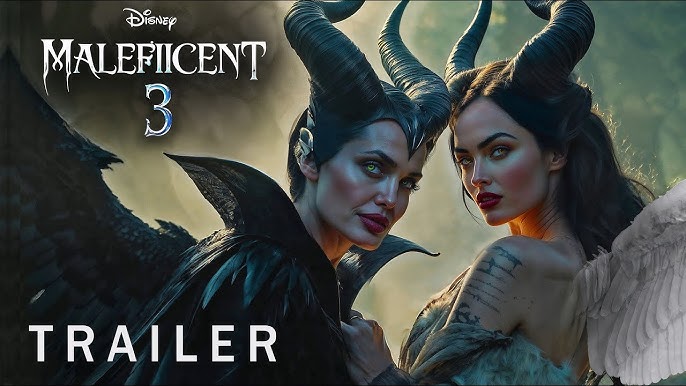
Plot Summary
Years have passed since the battle that unified the Moors and the Human Kingdom. Peace has reigned under Queen Aurora’s rule, while Maleficent, now more myth than monarch, retreats into quiet isolation, guarding the balance between worlds. But when a terrible darkness begins to spread across the land — devouring forests, stealing light, and turning creatures into husks — an ancient evil reawakens.
That evil has a name: Lyrica, the Black Fairy. Shrouded in myth and long thought dead, she returns not just as a bringer of chaos, but as Maleficent’s estranged mother — a woman consumed by grief, betrayal, and a twisted belief that love is weakness.
As Lyrica seeks to seize Aurora’s throne and plunge the realms into shadow, Maleficent must confront a truth more terrifying than war — the past. Joined once more by Aurora, now a hardened queen (played again by Elle Fanning), and a loyal few from both the magical and mortal realms, Maleficent journeys into the heart of the abyss — and into a reckoning long delayed.
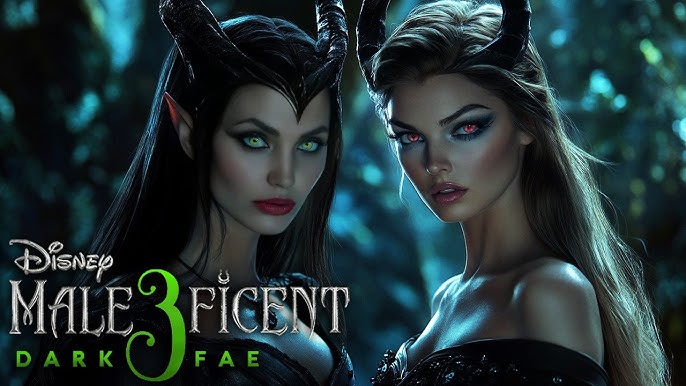
Artistic Execution
Director Chloé Zhao takes the reins of this final chapter and breathes it to life with a poetic visual style that blends grand fantasy with intimate emotion. From mist-soaked battlegrounds to the obsidian spires of the Black Fairy’s lair, every frame is a painting. The ethereal light of the Moors glimmers with fragile hope, while Lyrica’s world pulses with eerie, distorted beauty — a realm where time decays and memories scream in silence.
The special effects are breathtaking but never overwhelm. Creatures of lore, battles in midair, rivers of starlight — all rendered with care and clarity. But the film’s most powerful visuals are often the quietest: a daughter staring into the eyes of the mother who abandoned her; a queen trembling as she learns the truth of her bloodline.
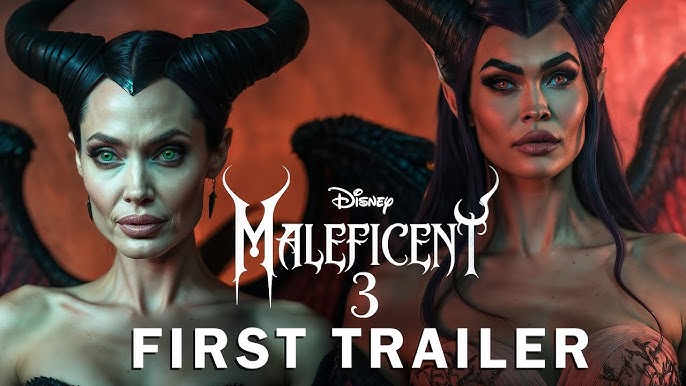
Performances
Angelina Jolie delivers her most nuanced performance yet as Maleficent. She no longer rages — she reflects. No longer curses — she questions. And it’s in this quiet unraveling that Jolie finds new layers of humanity in the dark fae. Her scenes with Michelle Yeoh, who plays Lyrica with a venomous grace and tragic grandeur, are the heart of the film — complex, devastating, and unforgettable.
Elle Fanning’s Aurora has grown into a woman of fire and compassion, no longer the naïve dreamer of past films. Her bond with Maleficent remains the emotional spine of the saga, evolving here into a love that is less maternal and more mutual — two queens, side by side, facing extinction.
Sam Riley’s Diaval returns with charm and courage, offering levity when needed and loyalty when it matters most. But it’s the new characters — particularly a cursed child named Caelum and a rebellious sprite named Mirra — that give this film its sense of rebirth.
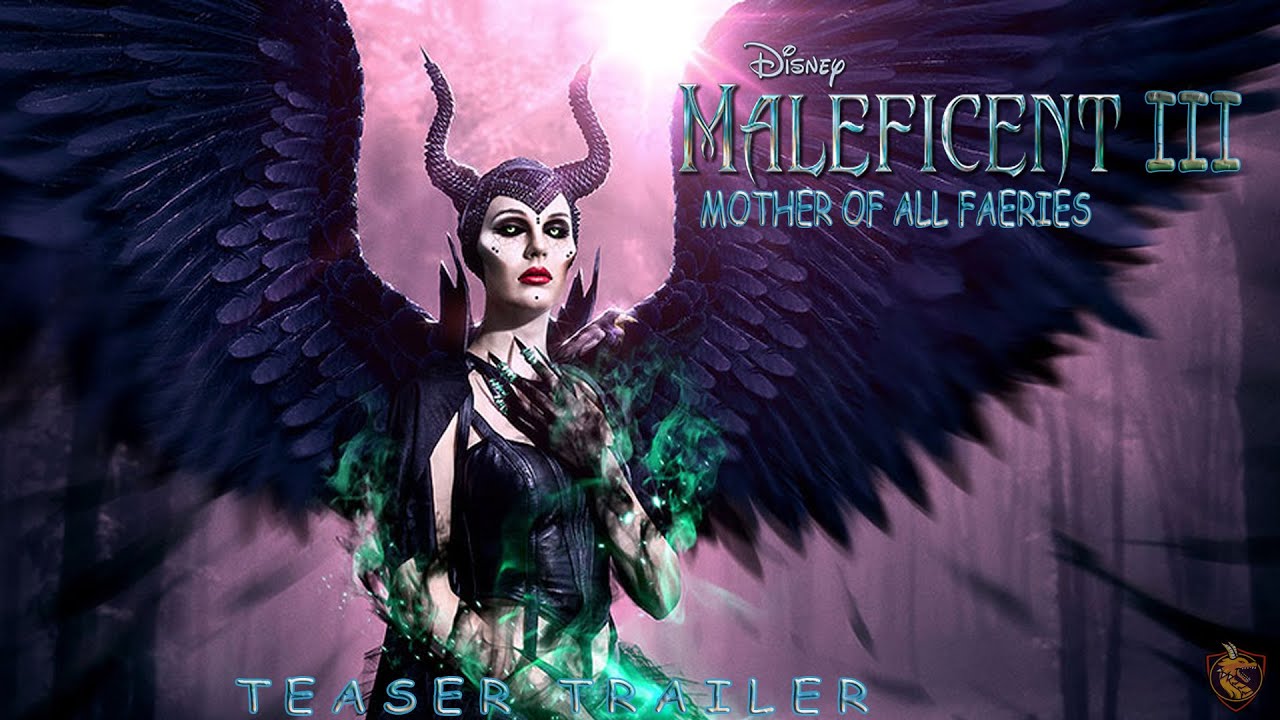
Emotional Impact
Maleficent 3 is not merely a battle of magic. It’s a story of abandonment, generational trauma, and the legacy we choose to pass on — or to end. The pain between Maleficent and Lyrica is raw, tangled, and painfully real. There are no simple villains here — only women shaped by sorrow and hardened by the world.
Themes of motherhood — both biological and chosen — ripple through every scene. The final act, in which Maleficent must choose between vengeance and forgiveness, between power and peace, is emotionally crushing in the best way. And the ending… soft, mournful, but full of light… feels like the closing of a timeless fairytale.
Tone and Pacing
The tone of The Black Fairy is darker than its predecessors, but also more mature. The pacing is elegant — neither rushed nor dragging — giving moments of spectacle the space to breathe, and moments of emotion the silence they deserve. It’s a film that dares to slow down when it matters, to let characters feel instead of just act.
The balance between wonder and sorrow is masterful, making it as much a gothic epic as it is a personal farewell.
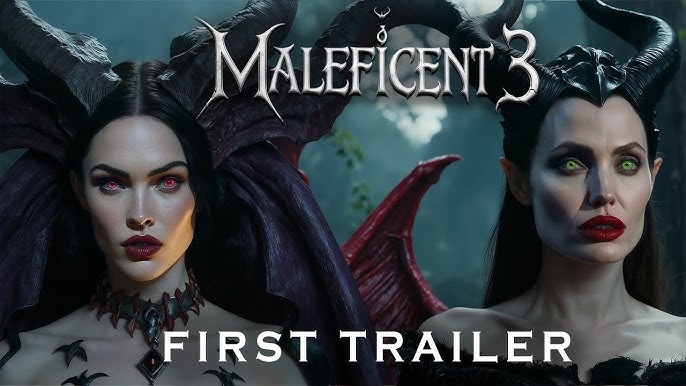
Final Verdict
Maleficent 3: The Black Fairy (2025) is a triumphant, haunting conclusion to one of Disney’s boldest reinterpretations. With towering performances, mesmerizing visuals, and a story that cuts to the bone, it transforms a villain’s tale into a legend of mothers and daughters, of legacy and loss, of power and mercy.
It’s not a film about curses — it’s a film about healing. And in its final, winged flight, Maleficent reminds us that even the darkest creatures can carry the brightest light.
Rating: 9.4/10 – A breathtaking, emotionally rich fantasy that closes the saga with thunder, tears, and grace.

